|
by Nancy Lehnhart JSD Elementary Art Specialist I’m not sure why it is, but kids seem to put a lot of stock in drawing as the quintessential qualification for being an artist. When you ask them if they know any artists, they will almost always tell you about someone they know who can draw. I was really curious about this early in my art teaching work, and also noticed that at a pretty young age, most kids decide they can’t draw (and therefore are not an artist.) And it was actually true; the development of their drawings seemed to stay at about a 2nd or 3rd grade level. Indeed, most adults will tell you they “can’t draw a straight line” and if pressed to draw something, you might confuse their drawings with a kid. I guess we just can’t keep very complex symbols in our heads, most of us, so if we’re trying to reproduce these simple symbols we have memorized, it stays pretty elementary. Somewhere in my early years of teaching I learned about the Reggio Emilia schools in Italy. I was mostly fascinated by the drawing these kids were doing, and how drawing was incorporated into learning as a tool for observation and investigation. I started experimenting with the young children I was working with, both at Juneau Co-op Preschool and in my own kids classrooms in elementary schools. I used a lot of the Drawing on the Right Side of the Brain language, brought down to a young child’s level. And I was impressed! Young children really did seem to take to it naturally. Their drawings were amazingly realistic, even while they were still delightfully quirky as a child’s drawing. Because of this, I’ve become pretty zealous about teaching and encouraging kids at all grade levels (and adults!) to practice drawing from observation. Which basically means, find something to use as a model, (a feather, a worm, a car, a very still friend, a photo,etc.,) observe it closely, resist drawing a pre-conceived “symbol” for it, and slowly, draw the shapes and lines you see. You’ll be impressed with yourself. Anyone can learn to draw this way. And it’s not that drawing makes an artist, but why not make sure kids know they can learn to do it if they want to!
Over the years of developing art kits for the Juneau School District, I’ve made sure there is a “drawing from observation” art kit for each grade level and I’m kind of preachy about it. I was worried that if teachers did too much of the “This is how you draw a dog,” step by step stuff, kids would learn to see drawing as steps you had to memorize, and if you couldn’t remember a step, well, you just couldn’t draw a penguin or bear or whatever. I wanted them instead to know you simply just needed to find a picture of a penguin (or a real one) to look at and you could draw it very convincingly from observation—and this is actually what most artists do—most artists don’t draw things out of their heads!
1 Comment
Wind, Fog, and Rain: Ms. Hinderberger's First Grade Class Thinks and Puzzles About the Weather1/11/2016 What do we think we know about the wind? "The wind is cold." "It's strong!" "It can blow things." What puzzles do we have about the wind? "Where does wind come from?" "What does it look like?" What do we think we know about fog? "The fog is quiet. But you can see it." "It touches the ground." There's no fog in Hawaii." What puzzles do we have about fog? "What does fog look like? Does it always look the same?" "What is fog made out of?" What do we think we know about rain? "Rain is wet." "Rain can be really hard or soft and be like slush." "Rain comes down." What puzzles do we have about the rain?
"When snowflakes melt, do they become rain?" "When puddles get made, they are different shapes, but when the sun comes out, do they evaporate?" |
ArtStoriesA collection of JSD teachers' arts integration classroom experiences Categories
All
|
|
|
Artful Teaching is a collaborative project of the Juneau School District, University of Alaska Southeast, and the Juneau Arts and Humanities Council.
|
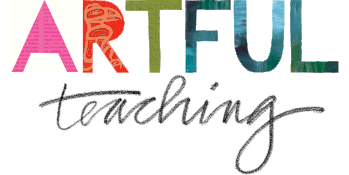
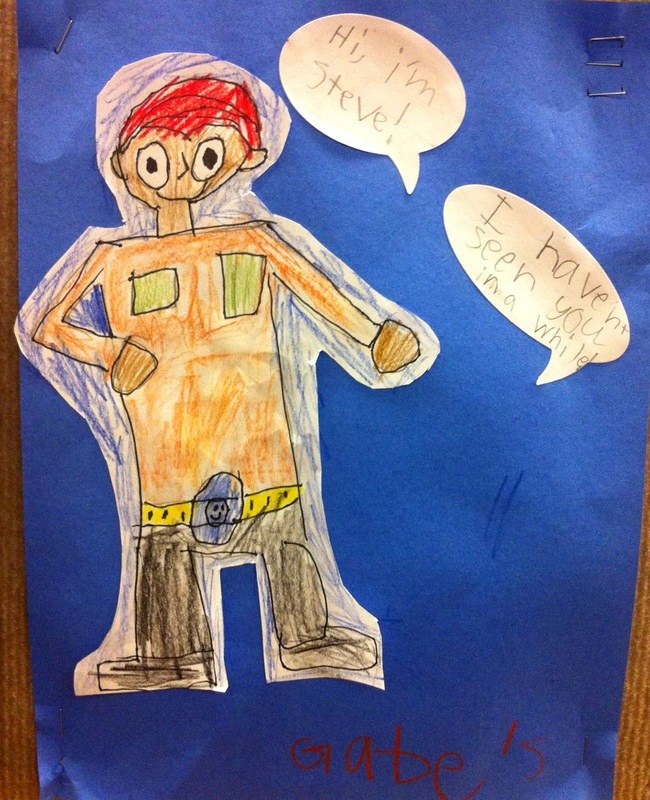
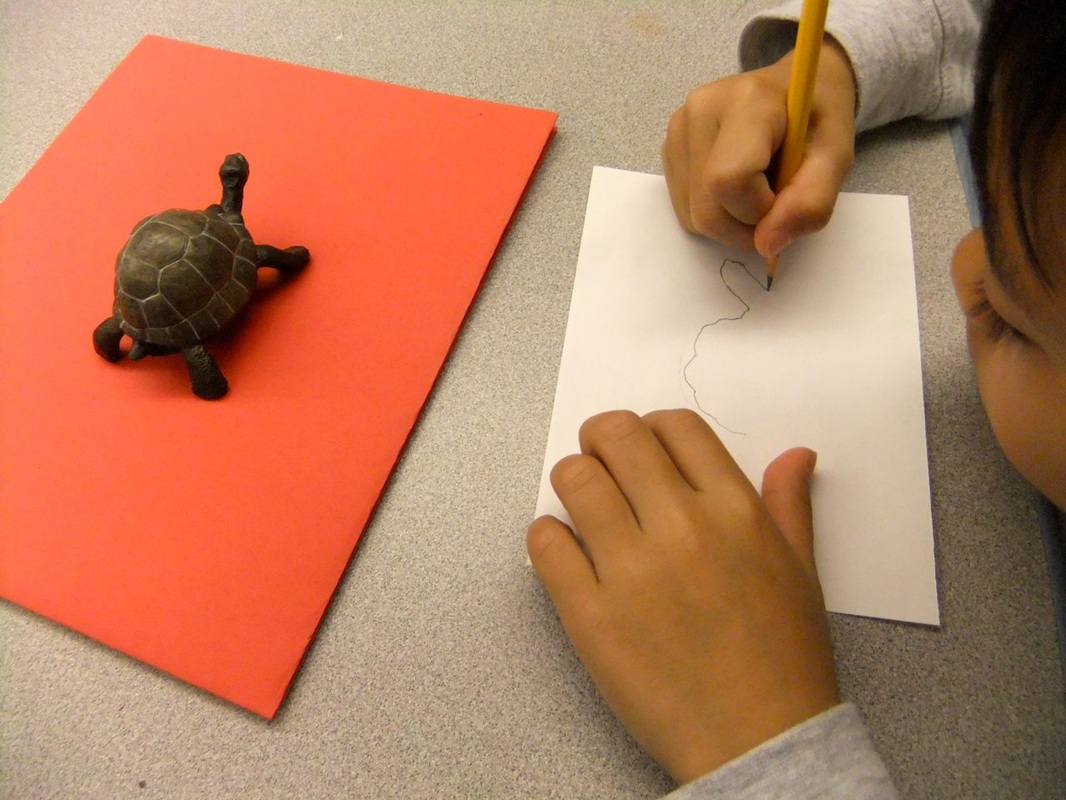

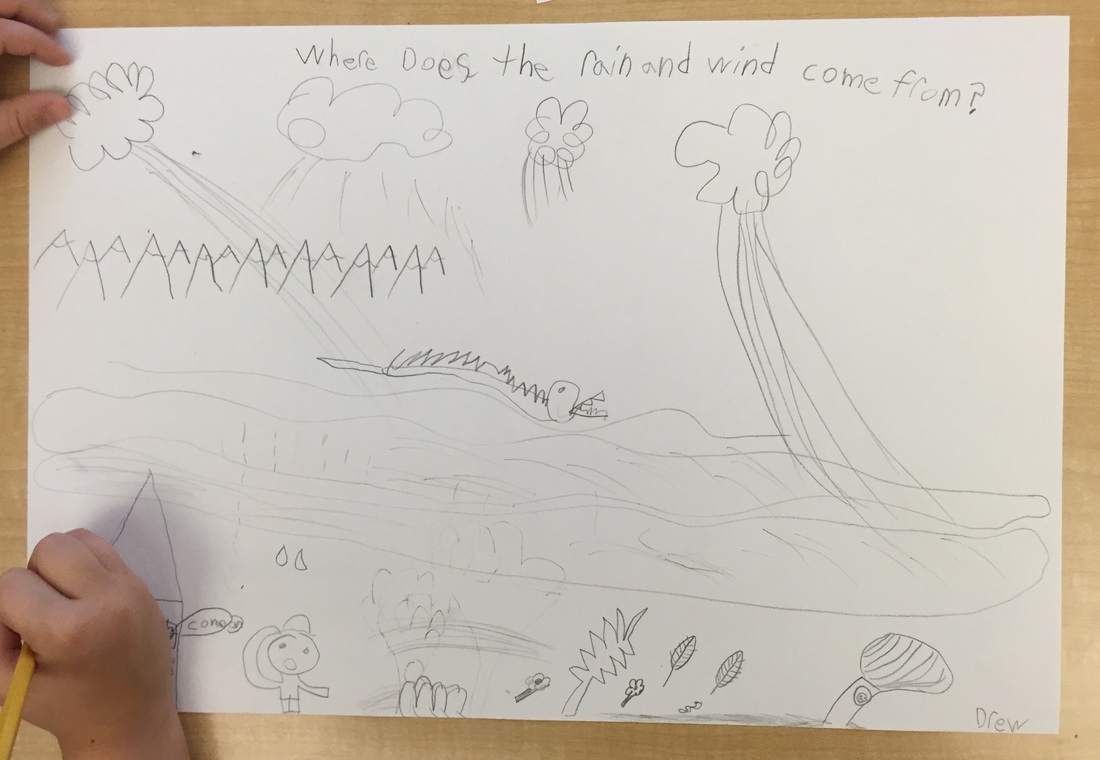
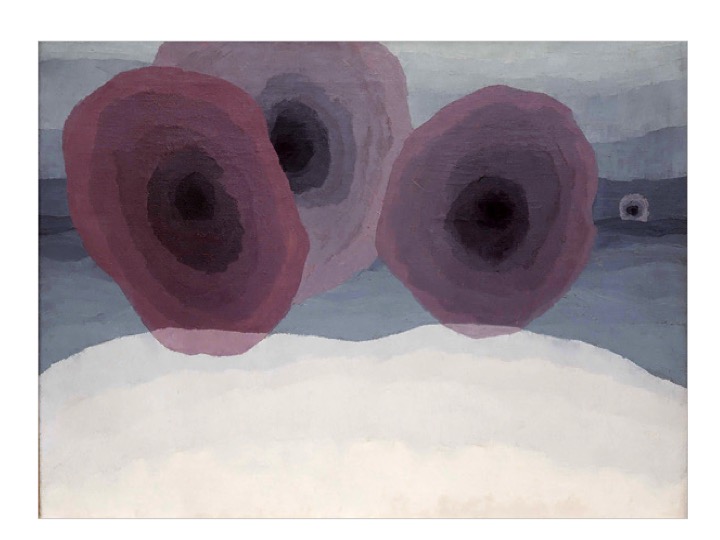
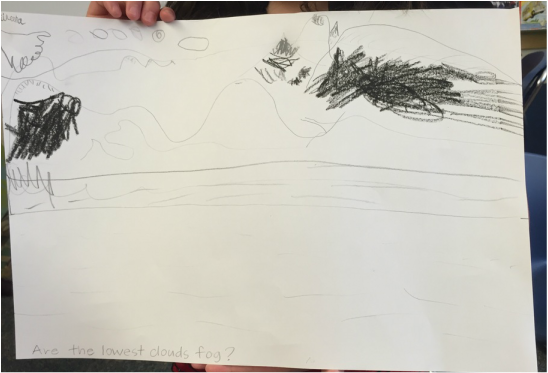
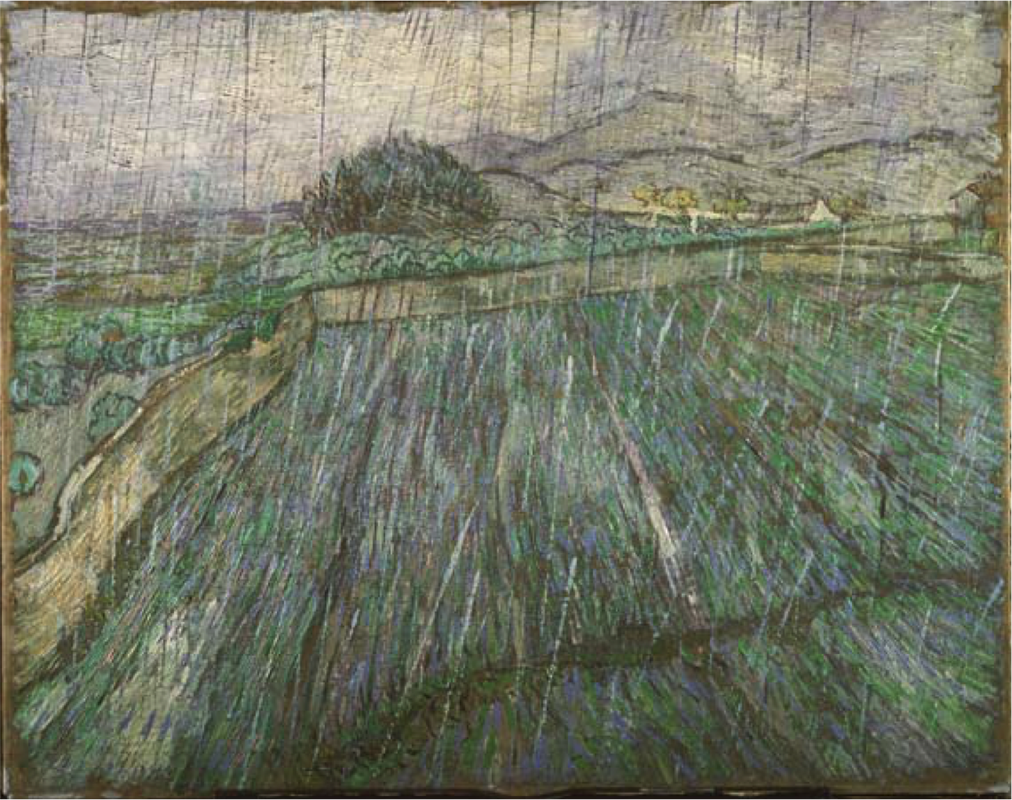
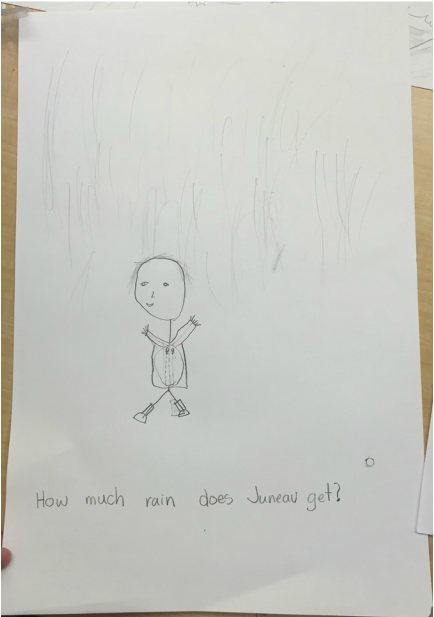
 RSS Feed
RSS Feed